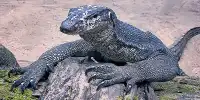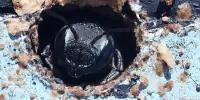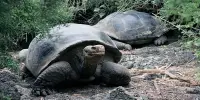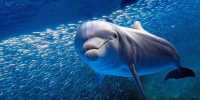Ernest Shackleton’s Endurance was discovered this week, 100 years after his death, which is fantastic news for shipwreck fans. Incredible photos and films from the Endurance 22 mission showcase the incredibly well-preserved wreck in all its eerie grandeur – but they also expose its new residents, as some keen-eyed scientists have discovered. “The wreck is wonderful, but can we also speak about some of the #Antarctic seafloor species that have taken up residence there?” In a Twitter thread displaying some of the intriguing shipmates presently aboard the Endurance, marine researcher and cold water creature aficionado Huw Griffiths from the BAS-Arctic Working Group said.
The Endurance sunk and was dragged by ice to an unknown place after her tumultuous trip across the Antarctic came to an unfortunate end, making it “the world’s most daunting shipwreck search,” in the words of Endurance 22 mission leader John Shears. Its final resting site, however, was recently discovered at a depth of 3 kilometers (10,000 feet) in the Weddell Sea.
The tragedy stranded the ill-fated ship in the hands of some of Antarctica’s strangest creatures, who thrive in the harsh conditions of limited light and cold temperatures. Suckered onto the ship’s near-pristine planks are Antarctic sea anemones (Hormathia or similar, according to Griffiths), with one even appearing to have grabbed the wheel.
They are joined by ghostly orbs in adorning the ship’s exterior, from which they provide a quite wonderful ecological function. Sea stars, sponges, and what appear to be stalked ascidians are among the long-legged creatures strewn around Endurance. Some of their hosts are even Triassic in origin.
Incredibly, a crab can be seen in one of the photographs, which Griffiths and colleague Dr Katrin Linse believe is a yeti crab, which has never been seen in the Weddell Sea before. A remarkable result, but one that, according to Griffiths and Linse’s article, might hint to climate-change-driven migration.
After the Endurance sank, the crew was left shipless but not hopeless, as a team was finally able to travel to South Georgia, gather a rescue squad, and return to the trapped men without losing any lives. From here, the ship continued on its trip alone, but was soon joined by some of the ocean’s finest opportunists in their new submersible way of life. While it’s unlikely that the swarms of marine critters stumbled onto their opulent home by accident, you never know. Maybe they wanted to be a part of the adventure.















